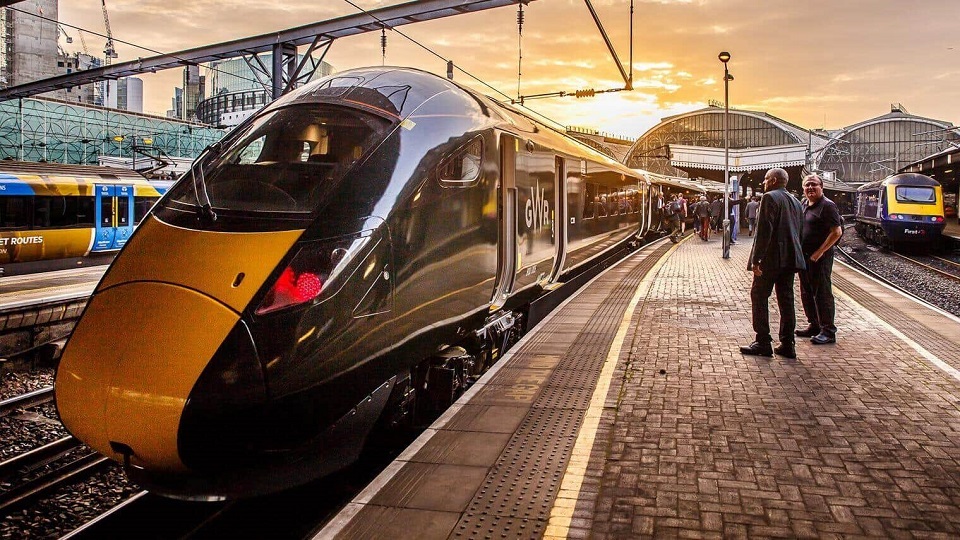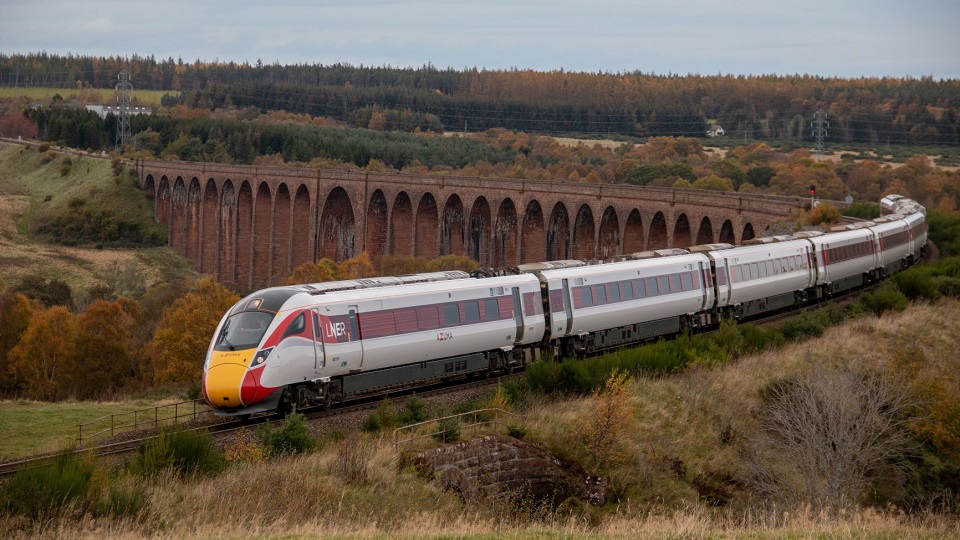Bi-mode trains become more popular in UK

More and more Britain’s railway operators are including bi-mode electro-diesel trains into their fleets. Only this year three companies entered service this type of rolling stock on their routes. The fourth one is getting closer to this, while two others plan to do this next year. Even a brand new operator Avanti West Coast that has recently started its operations also wants to follow this trend. Why are the bi-mode trains becoming more popular on the UK railways?
“This is what customers up and down the country have been waiting for and represents a monumental milestone for rail travel,” noted David Horne, Managing Director of London North Eastern Railway (LNER), on March. At that moment, he meant the planned launch of the first LNER’s Azuma bi-mode train (Class 800). The momentous event with a lot of photos and selfies took place in the mid-May at London King’s Cross station when his company has entered service the vehicle being capable to serve both electrified and non-electrified routes.
In the following months, Mr Horne was declaring similar speeches with some changes and updates for several times when the Azuma trains started to serve a new route. But the sense of his words always remained similar: it is a new milestone for the company and its passengers. The latest development has occurred on Tuesday, 10th December, when the LNER’s Azuma train (Class 800) reached the Scottish Highlands. It is expected that the new type will replace old-fashioned diesel High Speed Trains have run between London and Inverness for almost 40 years.
Greater Anglia is another Britain’s train operating company that has introduced bi-mode vehicles this year. In contrast to LNER, it added Stadler-made Flirt bi-mode vehicles (Class 755) to its fleet. Its bi-mode train has performed the first journey at the end of July. Four months later, TransPennine Express has officially launched its Nova fleet that includes 19 electro-diesel vehicles (Class 802). They serve the company’s connection from Liverpool to Manchester, Newcastle and Edinburgh. In early December, open-access operator Hull Trains joined the list of companies with a bi-mode fleet. On 5th December, it has performed the first voyage between Hull and London using its new Paragon train of Class 802. Hull Trains plans to enter service the entire Paragon fleet of five trains by early 2020.
Text continues below the picture

Making history
All these improvements, of course, set a milestone for each of the above-mentioned operators. However, the pioneer in this area was Great Western Railway (GWR). The company introduced the first bi-mode train of Class 800 on its line in October 2017. “Today, we at GWR are once again making history,” declared GWR Managing Director Mark Hopwood at the opening ceremony. Two years later the company added the first vehicle of Class 802. It was GWR that has defined the possible reasons for using the bi-mode trains and their advantages. “The new trains will bring about a step change in passenger transport – delivering more seats, and enabling us to operate more frequent and faster services,” noted Mr Hopwood. The operators that followed GWR also emphasise this aspect: more capacity and better service.
However, the main feature of the electro-diesel trains is their capability to run on both electrified and non-electrified routes. This allows the train operating companies that usually work in the UK for a limited period of time to not wait while some railway line will be electrified. With the help of bi-mode trains, the British operators can simply combine electrified and non-electrified sections and offer the passengers new connections. In this case, there is also another option. Earlier, the operators served such connections but they used diesel-powered for those purposes even on the electrified sections. That generates additional costs.
Text continues below the picture

Four types of bi-mode trains
Despite the different names of new bi-mode electro-diesel trains being used by the British operators, they belong to three types: Class 800, Class 802 and Class 755. The first two types have been developed by Hitachi Rail while the third one is by Stadler Rail. Great Western Railway has the largest bi-mode fleet of 93 trains including 57 units of Class 800 and 36 units of Class 802. The second-largest number of bi-mode vehicles is operated by Greater Anglia: it has 24 Stadler-made units in service, 14 other units will be supplied next year.
At the same time, TransPennine Express operates 19 units of Class 802, LNER – 16 units of Class 800 (seven more units will be introduced in 2020) and Hull Trains – one unit of Class 802 (four others will start to run in 2020). It is worth to note that the brand new operator Avanti West Coast has ordered 13 bi-mode trains of Class 800 from Hitachi Rail. When all the orders are fulfilled, the number of bi-mode vehicles on the UK network will increase up to 191 units.
Next year the fourth type of bi-mode electro-diesel vehicles will be entered service on the UK railway network. It is Class 769 units converted from the conventional diesel-powered Class 319 units. GWR will add 19 vehicles of this type, Northern – eight vehicles and Transport for Wales Rail Services (TfW Rail) – nine vehicles. TfW Rail also ordered three-mode Flirt trains from Stadler Rail (Class 756). They will be able to use electricity, diesel and battery power. But that is a totally different story to be written in another article.
Read also:




